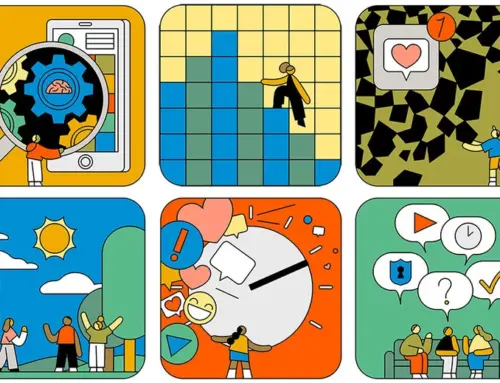By Dr. Stuart Koman, Emily Slager and Rebekah Doweyko
Originally published in the Boston Business Journal
Nearly 30 million Americans will struggle with an eating disorder over the course of their lifetimes. During Covid-19, however, the onset of new diagnoses spiked exponentially, with symptoms worsening for those already suffering. In fact, the National Eating Disorder Association has reported increases as high as 107% percent in calls to its helpline in the past two years.
For eating disorder treatment providers like us, the pandemic forced us to close our brick-and-mortar outpatient clinics and pivot to offering services via telehealth platforms. Like many providers, we were concerned that online treatment would dull or impact our clients’ experiences, whether it was their ability to receive adequate support during their meals or build a positive rapport with their clinicians. Would it even be possible to deliver therapeutic services without being in the same room? Thankfully, the answer to that question was a resounding “yes.”
Patients showed improvements in the online realm that were on par with in-person treatment. Further, we were now able to reach a large percentage of patients who we were unable to see at our physical locations. People with scheduling conflicts or transportation issues — as well as those suffering from debilitating anxiety or depression — could log on from their homes and receive the therapy they needed.
This wouldn’t have been possible if it weren’t for emergency measures implemented during the pandemic. Insurance companies offered waivers for telehealth services and many states temporarily suspended licensing requirements for out-of-state providers, which opened up access in ways unimaginable just a few years ago.
And while telehealth cannot always replace in-person services, having options offers patients the best of both worlds, where they have more control over their treatment paths and thus are more likely to stick with them long-term. We are seeing an unprecedented demand for telehealth to augment in-person services and facilitate the continuity of care beyond Covid. But the same silver linings – insurance and state regulation waivers – are poised to become the biggest barriers to treatment.
The great paradox is that many insurance companies usually cover the most expensive levels of care like inpatient/residential, but then deny coverage for the least expensive ones like Intensive Outpatient Programs (IOPs). This greatly disrupts continuity of care, leading to relapses and visits to hospital emergency rooms.
While President Biden recently addressed the need to maintain access to tele-behavioral health in his State of the Union address, we are still seeing states rolling back the pandemic emergency orders that allowed licensed clinicians to provide virtual treatment across state lines. Having clinicians seek licenses in every state is not feasible and involves onerous paperwork and application processes that could take months or years. Ideally, the federal government could set up a licensing route that would allow healthcare professionals to practice nationally. But even if they did, it would still have to be adopted by individual states.
A good plan B would be for states to adopt a telehealth provider license with an application that is straightforward. This simplified process would help the advances in telehealth stick around for good and allow the delivery of evidence-based care to all Americans suffering from an eating disorder.
Dr Stuart Koman is president and founder, and Emily Slager and Rebekah Doweyko are assistant vice presidents of clinical operations, of Walden Behavioral Care in Dedham.
See the original post at Boston Business Journal here.







